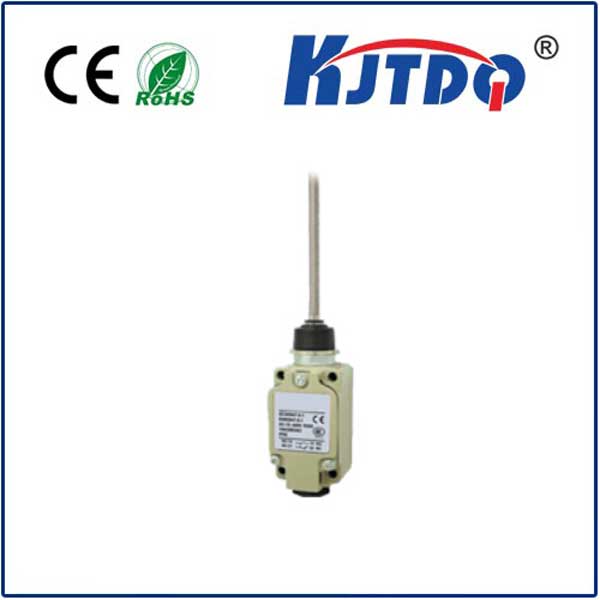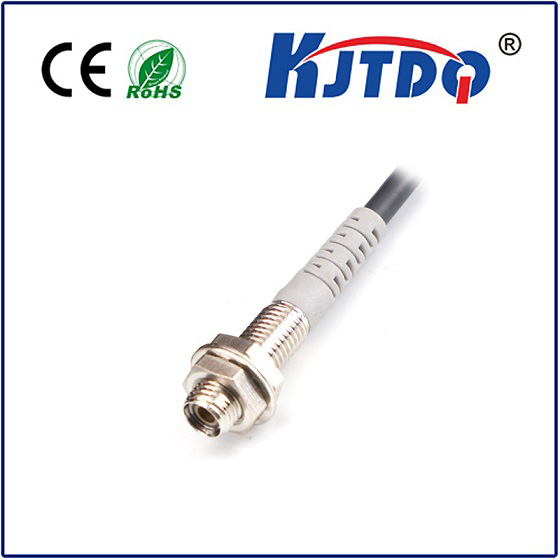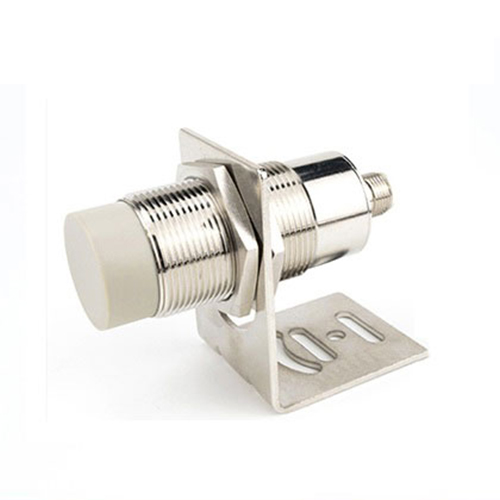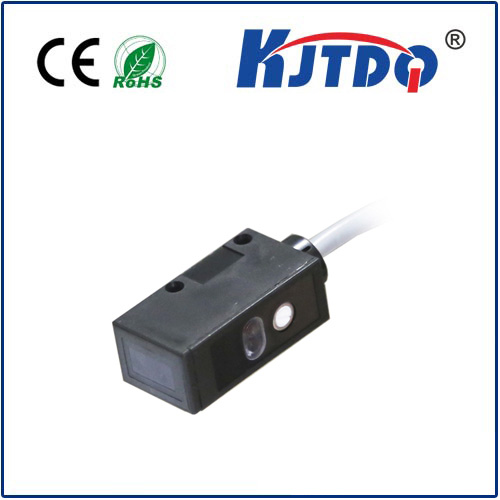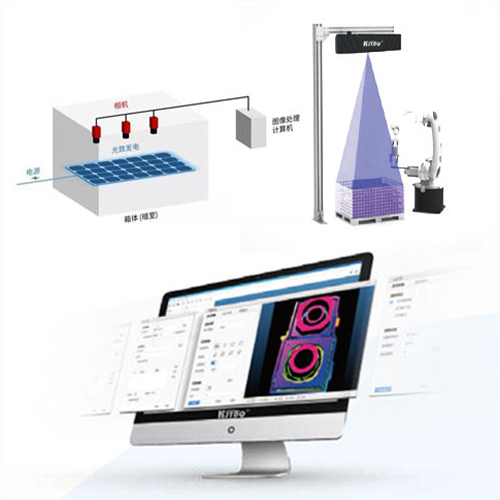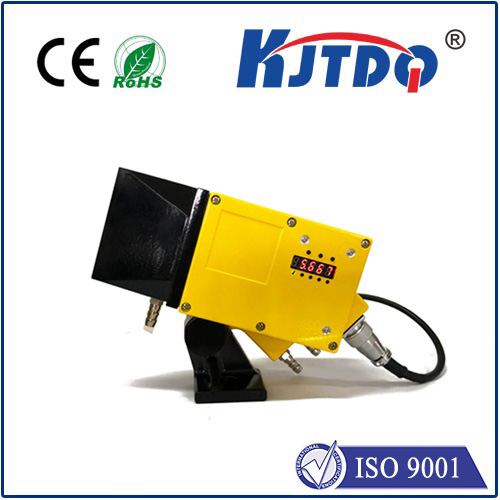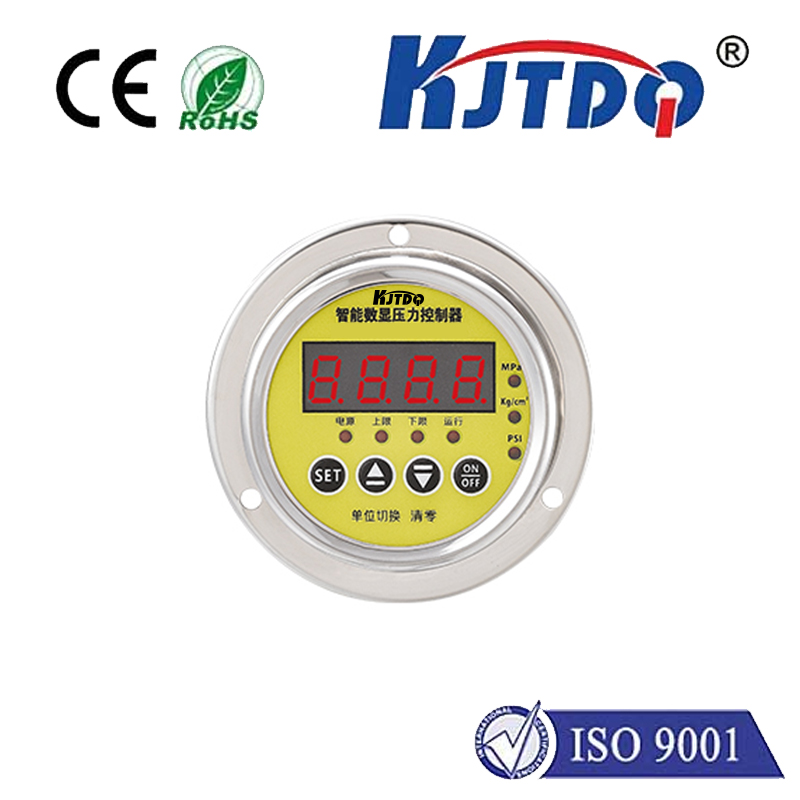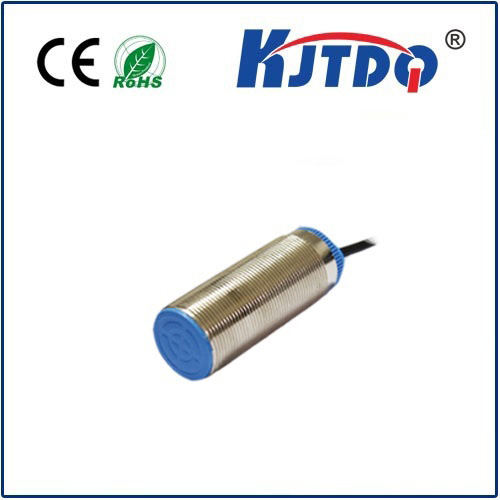proximity infrared
- time:2025-06-25 02:07:56
- Click:0
Proximity Infrared Sensors: The Invisible Guardians of Modern Automation
Have you ever entered a store, and the doors magically slid open? Swung your hands under a restroom faucet, only for water to start flowing automatically? Or felt a light turn on as you walked into a dimly lit hallway? These everyday conveniences, and countless others, rely silently on the sophisticated work of proximity infrared sensors. This unassuming yet powerful technology forms the backbone of touchless interaction and presence detection across numerous industries and applications, acting as the unseen eyes that make our world more responsive and efficient.
Understanding the Core Principle: Infrared Radiation
Everything with a temperature above absolute zero emits infrared radiation (IR) – a form of invisible light beyond the red end of the visible spectrum. The hotter an object, the more IR radiation it emits. Proximity infrared sensors leverage this fundamental principle. They typically consist of two key components:
- An IR Emitter (LED): This component actively sends out pulses of infrared light into the surrounding environment. This emission is usually modulated at a specific frequency to distinguish it from background IR radiation (like sunlight or heat from radiators).
- An IR Detector (Photodiode or Phototransistor): This component is tuned to detect the specific wavelength of IR light emitted by the sensor’s own LED.
How Proximity Detection Works
The core function involves the interplay between emission and detection:

- Emitting the Signal: The sensor’s IR LED emits a focused beam of infrared light.
- Detection and Reflection: If an object is present within a specific range (the sensor’s proximity zone), this IR light reflects off the object’s surface.
- Sensing the Return: The reflected IR light travels back towards the sensor.
- Signal Processing: The detector picks up this reflected light. Sophisticated electronics within the sensor then analyze the intensity and sometimes the phase or the return time (in time-of-flight variants) of this reflected signal.
- Output Trigger: Based on the analysis, the sensor determines if an object is sufficiently close. It then sends an electrical signal (e.g., high/low voltage or a digital pulse) to a control system. This signal can be used to activate a door, start a tap, sound an alarm, or trigger any programmed action.
Key Advantages Driving Adoption
Proximity IR sensors have become ubiquitous due to several compelling benefits:
- Non-Contact Operation: The defining feature. They detect presence without needing physical contact, minimizing wear and tear and enabling hygienic applications (touchless controls). This eliminates the need for mechanical switches that can break.
- Reliability: With no moving parts in the sensing element itself, these sensors are highly durable and resistant to physical shock and vibration. They offer consistent performance over long periods.
- Speed: Detection happens almost instantaneously. The reflection of light occurs at the speed of light, translating to near-zero reaction times for triggering actions – ideal for automation.
- Low Power Consumption: Compared to many other sensing technologies, particularly active IR proximity sensors, can be extremely energy-efficient, especially when using modulated IR pulses. This makes them perfect for battery-powered devices.
- Cost-Effectiveness: Mass production has made standard proximity IR sensors highly affordable, enabling their integration into a vast array of consumer and industrial products.
- Ambient Light Immunity: By modulating the emitted IR light at a specific frequency and tuning the detector to only respond to that exact frequency, these sensors can effectively ‘ignore’ background IR from sources like incandescent bulbs or sunlight. This ensures reliable operation in varying lighting conditions.
- Compact Size: Miniaturization allows these sensors to be incorporated into very small devices and tight spaces.
Diverse Applications: Where Proximity IR Shines
The versatility of proximity infrared sensing finds applications in almost every sector:
- Industrial Automation: Object detection on conveyor belts, part presence verification in assembly lines, robotic guidance (collision avoidance), machine guarding (safety curtains). Ensuring smooth and safe production flows.
- Automotive: Occupancy detection for airbag control, hands-free trunk opening, rain-sensing wipers (detecting water droplets on windshield), gear shift detection. Enhancing comfort and safety.
- Consumer Electronics: Smartphone screen dimming/off during calls (holding phone to ear), automatic power-saving modes in various devices when no user is detected nearby, automatic paper detection in printers. Improving user experience and battery life.
- Security Systems: Intruder detection (Passive Infrared - PIR motion sensors primarily detect IR body heat changes), proximity triggers for alarms or lights. Critical components of modern security and surveillance.
- Building Automation: Automatic doors, touchless faucets, soap dispensers, urinal flushers, automatic lighting control (presence detection). Promoting hygiene, convenience, and energy savings.
- Robotics: Navigation, obstacle avoidance, docking, object detection for manipulation. Essential for autonomous movement and interaction.
- Appliance Control: Automatic opening/closing of appliance lids (trash cans, washing machines), touchless control panels on stoves or ovens.
Beyond Basic Proximity: PIR Motion Detection
While this article focuses on active proximity infrared, it’s worth briefly mentioning its close relative: Passive Infrared (PIR) sensors. Unlike active sensors, PIR sensors do not emit IR. Instead, they detect changes in the ambient IR radiation levels caused by the movement of a warm object (like a person) across their field of view. PIR is the dominant technology for motion detection in security systems and automatic lighting.
The Future of Proximity Sensing
Proximity IR technology continues to evolve. We see trends towards:
- Increased Integration: Combining IR sensing with other technologies (like ultrasonic, LIDAR, or cameras) in sensor fusion modules for more robust and context-aware detection.
- Enhanced Range and Precision: Development of sensors with longer detection ranges and higher resolution capabilities.
- Lower Power: On-going improvements for even greater energy efficiency in portable and IoT devices.
- Smarter Processing: Embedding more advanced signal processing directly on the sensor chip to provide more sophisticated outputs and environmental adaptability.
Conclusion: An Invisible Indispensability
Proximity infrared sensors are a triumph of simple physics applied with elegant engineering. Their ability to detect presence reliably, non-invasively, and cost-effectively has revolutionized how machines interact with the physical world and how humans interact with machines. From the mundane convenience of automatic doors to the critical safety systems in factories and vehicles, proximity infrared sensing serves as an indispensable, invisible guardian. As technology advances, driving towards smarter automation, touchless interfaces, and the IoT, the demand for robust, efficient, and intelligent infrared technology will only continue to grow, solidifying its place as a fundamental building block of the modern automated landscape.






